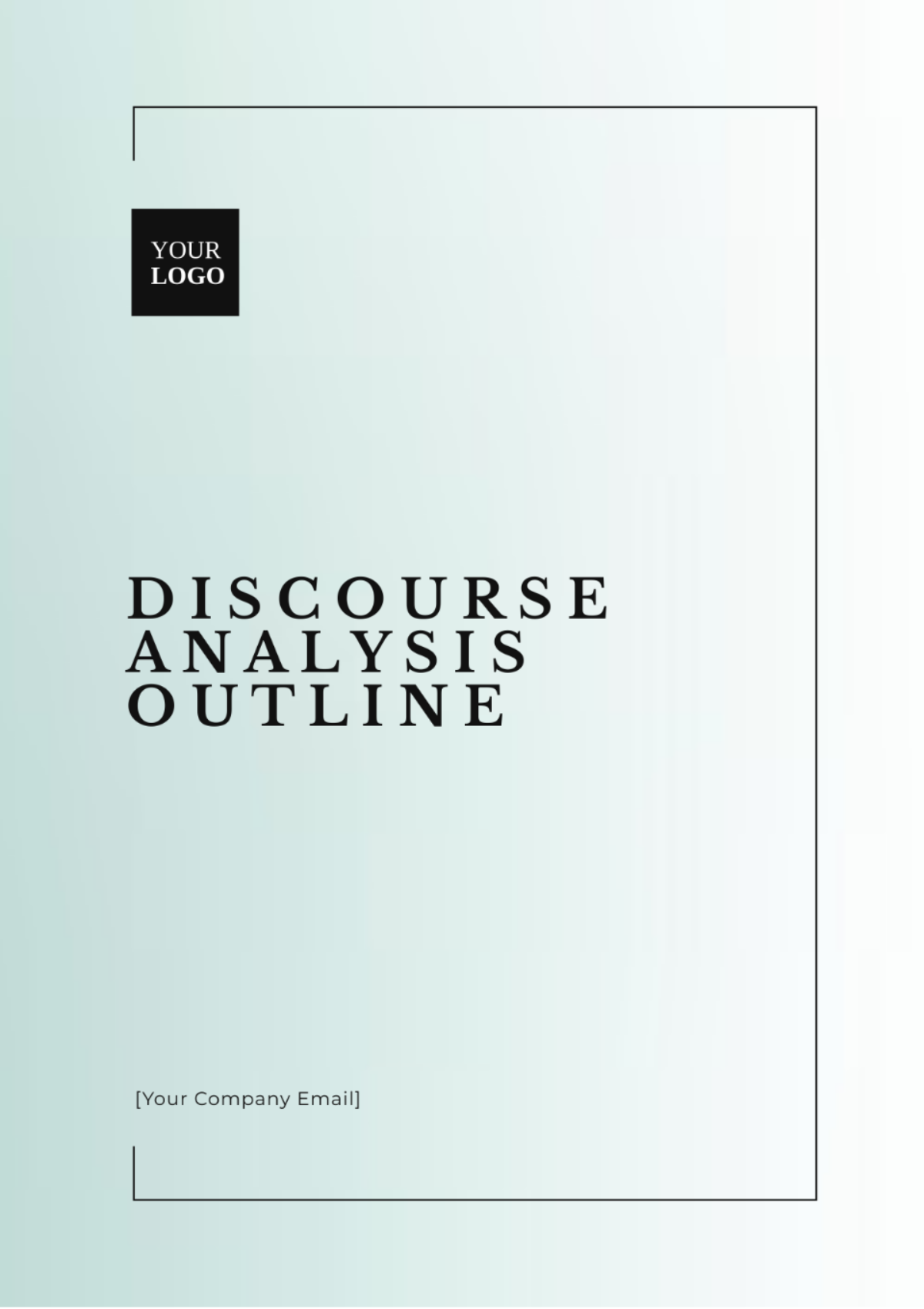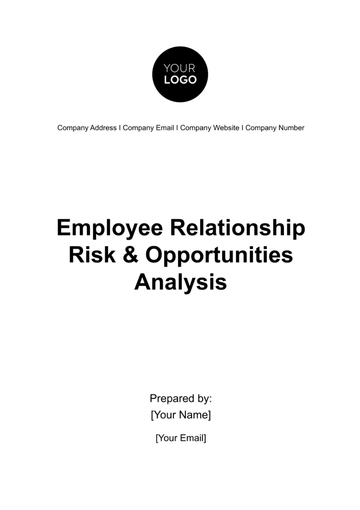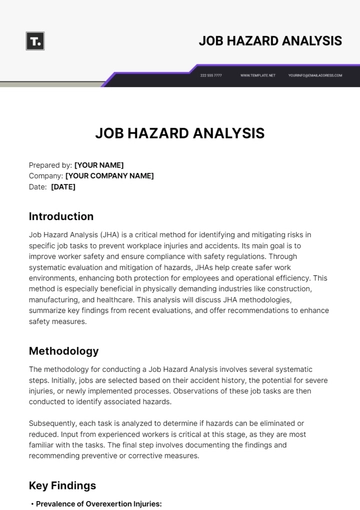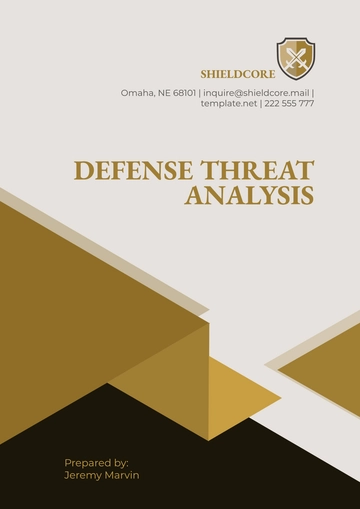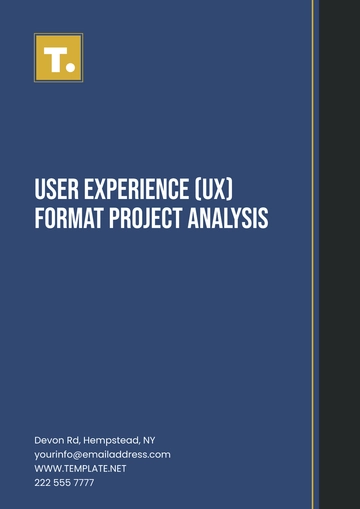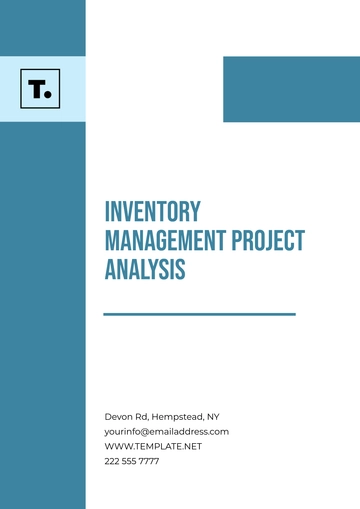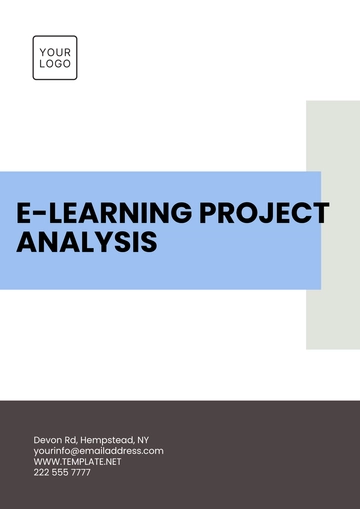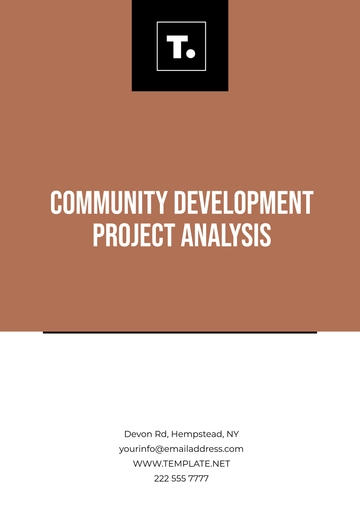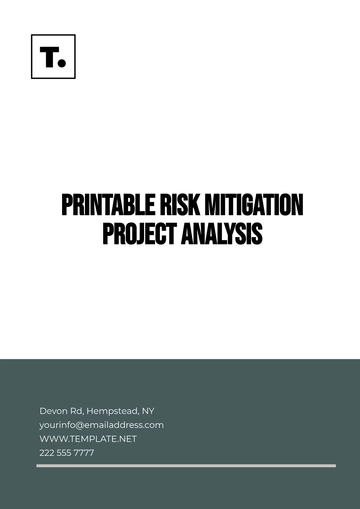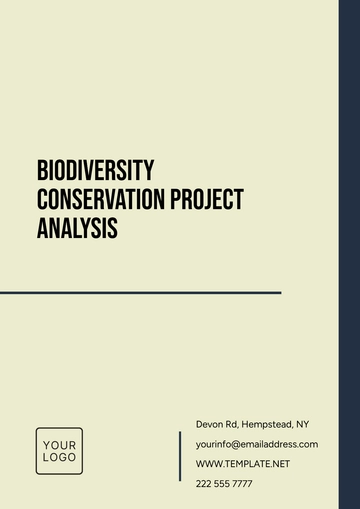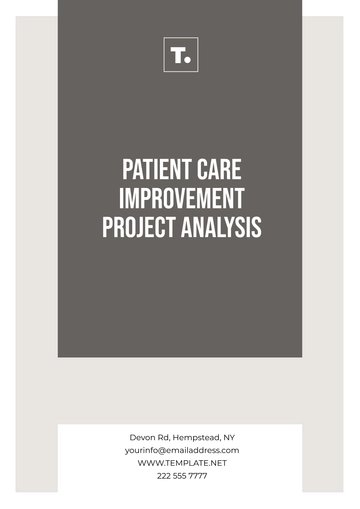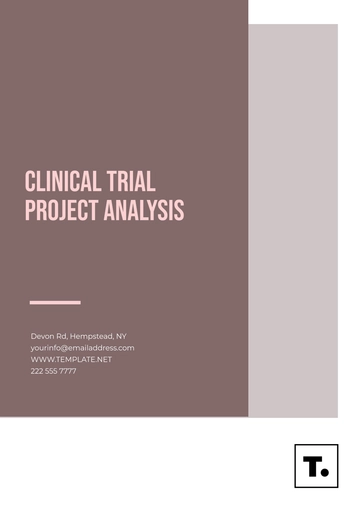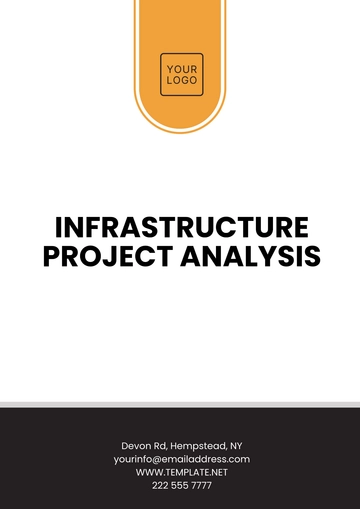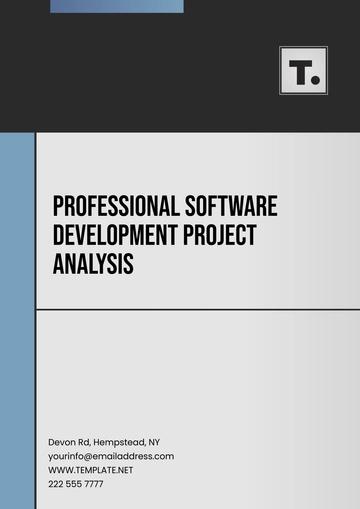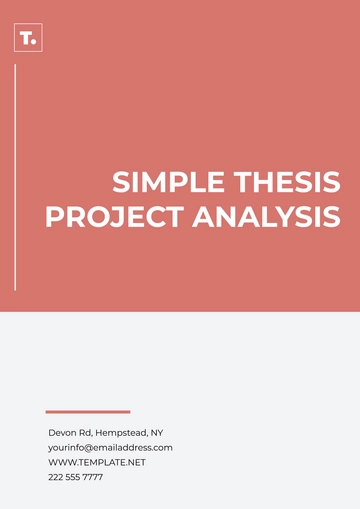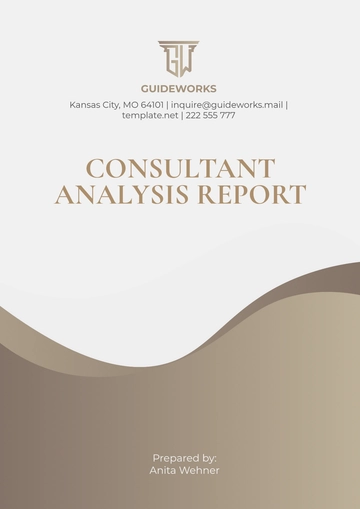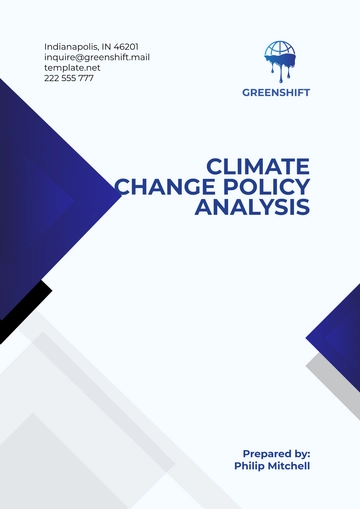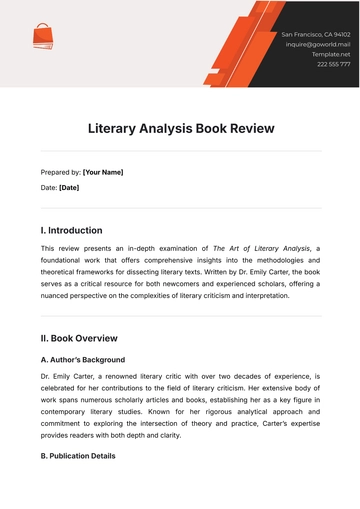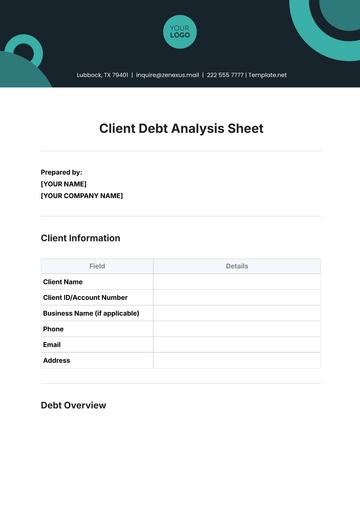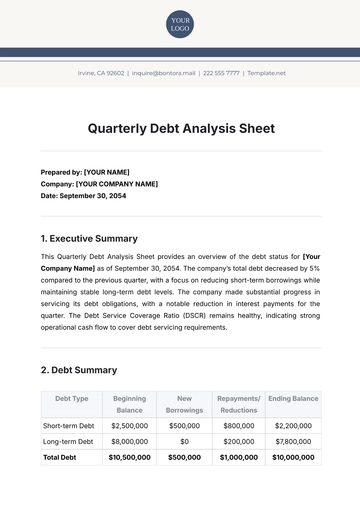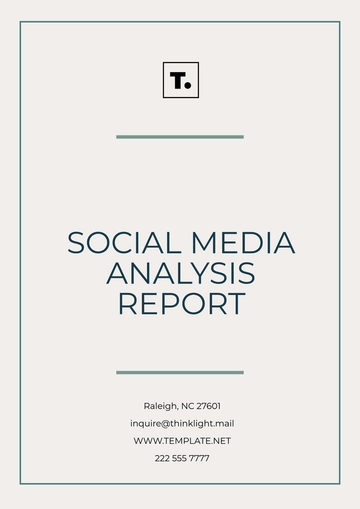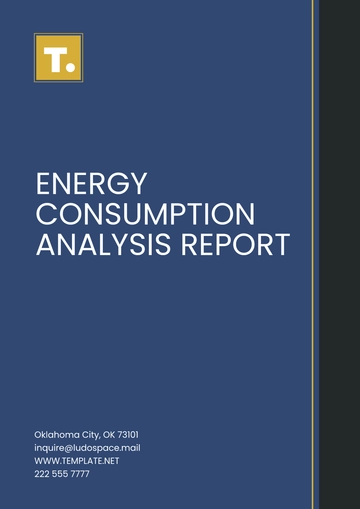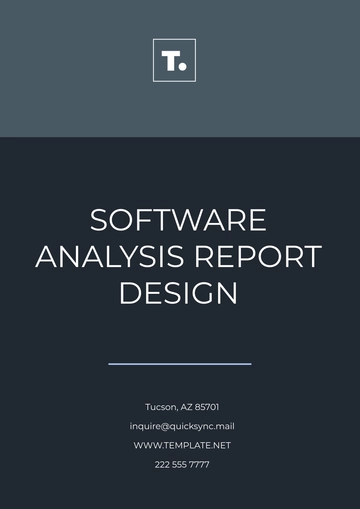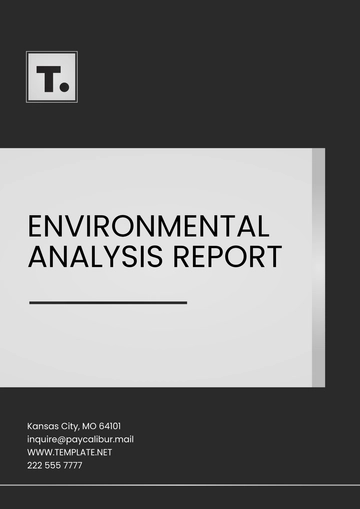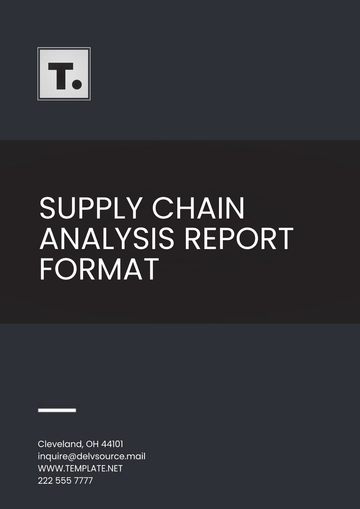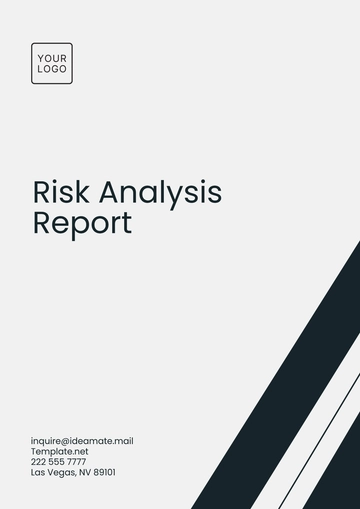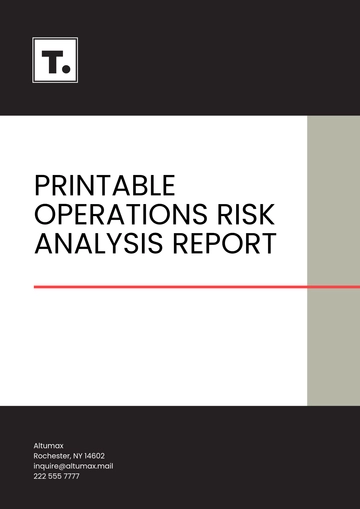Discourse Analysis Outline
Prepared By: [YOUR NAME]
Date: [DATE]
I. Introduction
Discourse analysis is a comprehensive area of study focusing on the ways language is used in texts and contexts. This research outlines the methodology and application of discourse analysis on social media platforms, highlighting how users create, share, and interpret content.
II. Theoretical Framework
A. Definition of Discourse Analysis
Discourse analysis is the examination of language use across texts and contexts, focusing on the construction of meaning. It incorporates various interdisciplinary methods, drawing from linguistics, sociology, anthropology, and psychology.
B. Key Concepts
Intertextuality: Intertextuality is how texts reference and build on other texts, shaping meaning through quotations, allusions, and cultural references, and influencing collective understanding and narratives.
Context: Context includes situational, cultural, and social influences on discourse, shaped by history and norms, guiding how messages are formed and understood.
III. Methodology
A. Data Collection
Data for this study was gathered from prominent social media platforms—Twitter, Facebook, and Instagram. The selection criteria focused on:
High Engagement Posts: Posts that receive a considerable amount of interaction from users, including actions such as liking, sharing, and commenting.
B. Analytical Tools
IV. Findings and Discussion
A. Power Dynamics in User Interactions
Our analysis shows that social media platforms often serve as battlegrounds for power dynamics. Prominent users with large followings tend to dominate the discourse, while marginalized voices struggle for visibility. The implications of these dynamics are significant for understanding influence and control in digital spaces.
Platform | Dominant Voices | Marginalized Voices |
|---|
Twitter | Verified accounts, influencers | Certain social and cultural groups |
Facebook | Popular pages, celebrities | Grassroots movements |
Instagram | Influencers, brands | Smaller content creators |
B. Intertextuality in User-Generated Content
Intertextuality is prevalent in user-generated content, with memes, quotes, and shared articles being popular methods of communication. This not only fosters a sense of community but also enhances the spread of information and ideas. However, it can also perpetuate misinformation when context is lost in translation.
C. Contextual Influences
Social, political, and cultural contexts significantly shape discourse on social media. Events such as elections, global movements, and crises prompt discussions that reflect the prevailing public sentiment. Our findings indicate a strong correlation between major events and the volume/intensity of discourse.
V. Implications and Recommendations
A. Ethical Considerations
Researchers and practitioners must consider ethical implications when conducting discourse analysis on social media. Issues about privacy, consent, and representation are paramount.
B. Practical Applications
The insights gained from this study have valuable applications across multiple fields:
C. Future Research
Future research should explore the evolving nature of discourse on emerging platforms and the long-term impact of social media on communication practices. Longitudinal studies could provide deeper insights into shifts in discourse over time.
VI. Conclusion
Discourse analysis on social media platforms reveals intricate interactions that both mirror and shape societal norms and behaviors. By critically examining these interactions, we uncover how power dynamics, contextual factors, and intertextual relationships influence digital communication. This analysis provides deeper insights into how social media functions as a site of ideological negotiation and cultural exchange, offering a richer understanding of its impact on contemporary discourse.
Analysis Templates @ Template.net
